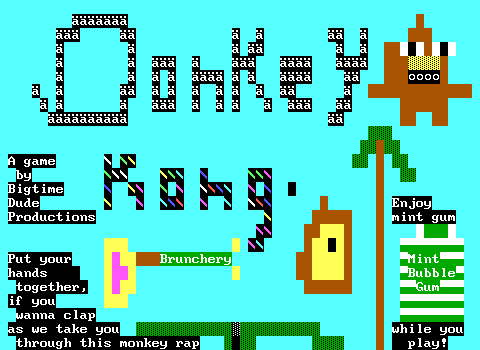I had some impressively rotten luck trying to find something to play that called out to me. After a number of releases that always seemed to have some major issue to keep me from wholeheartedly recommending the game I wanted to play something that I could have a little confidence in. I swear I wasn't looking for an easy answer via Interactive Fantasies. A few games caught my eye and two in a row wound up having boards taken from other games, hardly a sign of the kind of high quality game I was hoping for. A third also appeared to have lifted boards as well, only for me to then realize it looked so familiar because I had streamed it before.
Browsing led me to Savage Isle, an early release by Hercules of Interactive Fantasies fame. That alone wasn't enough to seal the deal. "Savage" is a kind of word that could make for an uncomfortable play in 2024. While the IF seal inspired confidence in the quality of gameplay, the story of such a game might necessitate an awkward disclaimer. I didn't want a game about a less technologically advanced society being portrayed as lesser to that of the protagonist. I didn't want a man from the outside running in and solving everyone's problems that they could never solve on their own. I didn't want any stereotypical natives or unfortunate depictions of indigenous peoples or anything like that.
I remembered Okwonkwo from Indiana Jones: The Search For King Solomon's Mines having already done the generic African child with a bad grasp of English grammar before. (Wildly enough, that game is dated a mere day after this one.) So I kept my expectations in check here, wanting to get a better idea of what the characters here would be like.
Don't let the title deceive you. Savage Isle is named such for its dangerous jungle, not for its populace. It's a treasure hunt with a fantasy theme that turned out to be an unexpectedly relaxing adventure. It's a game about exploring, meeting new people, helping them out, and in return getting their help to slay the evil djinn of the island and acquire the legendary treasure of the island. It was exactly the kind of experience I was after, a world that was just fun to be a part of.

Treasure Hunting
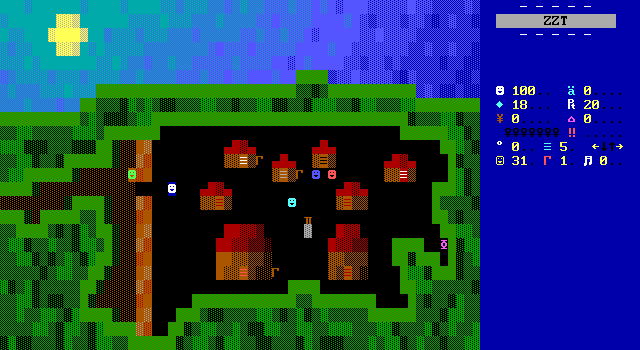
In Savage Isle, players take on the role of Finnigan Zug, a blacksmith apprentice trained with basic combat skills that loves exploring. One day Finn happens to come across a secluded cave in the forest where he discovers a map to a hidden treasure on Savage Isle. After saying goodbye to his family, he sets sail for the island on a small boat. Upon arriving on the southern coast of the tropical island players are given the reigns and are free to explore the many regions of island hoping to discover the treasure and claim its riches.
Upon reaching Zinji, the first of several villages on the island, Finn learns that obtaining the treasure won't be so easy. The treasure has been known to exist for ages, and all who have ventured into the uncharted jungle returned empty-handed if they were lucky enough to return at all. The jungle had been cursed to protect the treasure, with many perilous obstacles to keep anyone from laying claim. Those few strong and courageous enough to make it to the treasure's resting place were all defeated by an evil djinn that serves as the treasure's guardian. It would be wise, the villagers say, for Finn to just sail home.
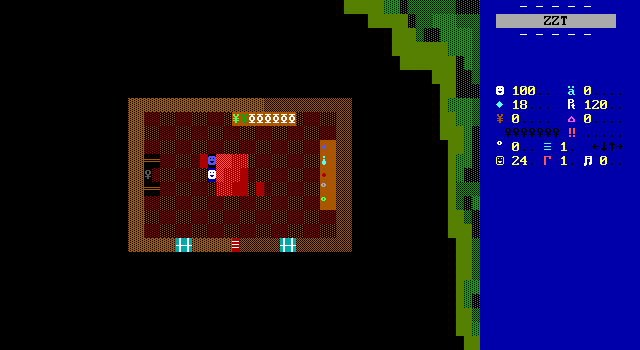
Yet the village sage recognizes a great potential in Finn, and agrees to help him defeat the djinn. To do so, Finn must enlist the aid of the "four most powerful humanoids", a group of special beings whose abilities are strong enough to overcome the djinn's might and claim the treasure. He provides instructions for Finn and the four to meet at the entrance to the jungle at precisely midnight the following night and to then read a magical scroll he entrusts Finn with that will protect everyone from the jungle's evil energies long enough to reach the djinn's cave.
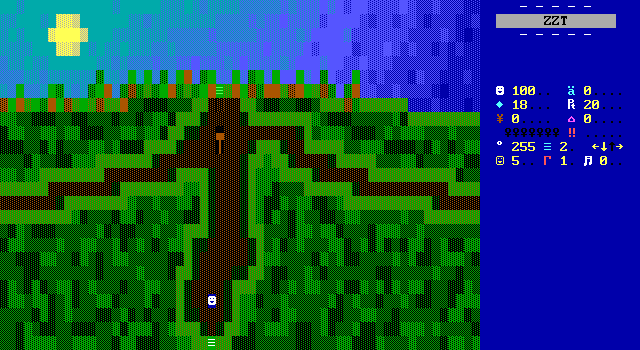
Players then get to explore the island's many locations. Finn's journey takes him to Hills of Shade, the Halls of Mystery, the mountain valley, the Hexaoatl temple, and a number of villages of the other fantasy races to discover the identities of the most powerful and get them to agree to to help. This usually involves some convincing, with Finn finding requested items for the powerful, acquiring lost artifacts, or simply finding ways to get to new locations in the first place.
No shooting needed
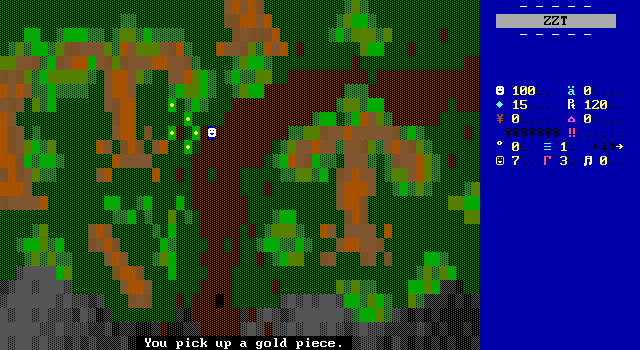
Hercules stresses in the game's opening that players need to be mindful of how they spend their money. A few items need to be purchased which Hercules suggests only doing once you realize why you need them. Some items are superfluous, just to provide more detail to the shops like the various ales available at the Zinji tavern. Others are more obvious. The well in Zinji has no bucket and a shopkeeper can provide one.
Additional funds are limited, but present enough that there is some room for error. Hercules's warning ends up being an overstatement made out of caution, so don't worry too much about it yourself should you try the game. As long as you're not buying the same items repeatedly, and making sure to pick up coins off the ground on the screens they appear, you'll have nothing to worry about.
Finn arrives on the island with only a few gold pieces to spare, which combined with the warning definitely led to a more frugal plays-tyle. This included not buying a bow and quiver or any arrows, items which are staples of the ZZT fantasy genre thanks to being obvious explanations for what players are picking up when they find ammo. I wanted to get a better feel for how ammo management was going to work before spending too much of the game's finite money on arrows.
What I was surprised to discover was that you don't actually shoot any enemies with arrows in this game! Not only is Savage Isle completely devoid of traditional ZZT action, but no alternative form of combat is offered instead. You won't find yourself walking into giant ants to swing a sword at them, nor will you be transported to RPG combat to fight with enemies in a turn-based environment. Savage Isle truly stands outs among ZZT games of the era for its quiet commitment to non-violence. Only during the ending with the djinn does combat enter the picture, and even then, it's a pre-determined cut-scene, not a player controlled fight. Not to mention, Finn isn't one of the four most powerful humanoids, so while he is present on site, he is very explicitly not permitted to get involved in the battle.
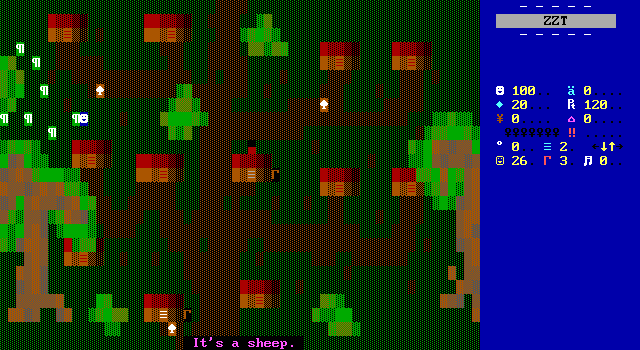
Given how often violence is the default method of resolving issues in fantasy (and otherwise) games, Savage Isle takes an uncommon approach to the genre. It is not a game without conflict, and violence is a part of the world's history, with many NPCs speaking of the battles they've fought in, or the tensions between the dwarves and the hill giants. Finn's adventure goes around such things, creating an unexpectedly relaxing atmosphere for a ZZT world with this sort of story that would have caught me off guard just as well had it been released today. For a game from 1997 the non-violent fantasy adventure is a radical departure from expectations. Hercules pulls it off so well too, that players will likely be halfway through the game before it occurs to them that they haven't had to shoot anything yet.
The Cast And Recruitment
Rather than solving your problems by shooting bullets at lions or arrows at orcs, Hercules streamlines away the obligatory, putting his efforts instead into the game's dialog and storytelling. The game is very text heavy instead, with a wide variety of characters to discover across the island, many of whom have nothing to do with fulfilling your quest for the most powerful humanoids. The critical characters are as follows:
- Finnigan Zug - Blacksmith apprentice, middle-aged human (I 100% assumed he was like 16-18 for the entire game, but the opening says middle-aged) adventurer and protagonist. He arrives on Savage Isle in search of the fabled treasure. As with most adventure game protagonists, he's more than happy to run errands and help others in any way he can.
- Charles DuGarde - Human governor of Zinji village. He's a strong leader that negotiates with merchants from the mainland for trade, defends the village from pirate raids, and is well experienced with combat. A master of the sword who won his title in a duel with the former leader over disputes on how the village was ran.
- Dahgro - Leader of the dwarves on the island. Currently bedridden due to some food poisoning, which makes it difficult to speak with him. Perhaps if you could help cure his sickness?
- Silgameth - A hermit that does a lot more socializing than expected. Though he lives alone on the Hills of Shade, he frequently visits the village of the giants to speak with their chief as a friend.
- Yumilos - Shaman of the wood elves. He is convinced that Finn is the one seen in a vision that is destined to recover the lost Orb of Pureness that protects the forest, and won't join Finn's treasure hunt until the forest is saved.
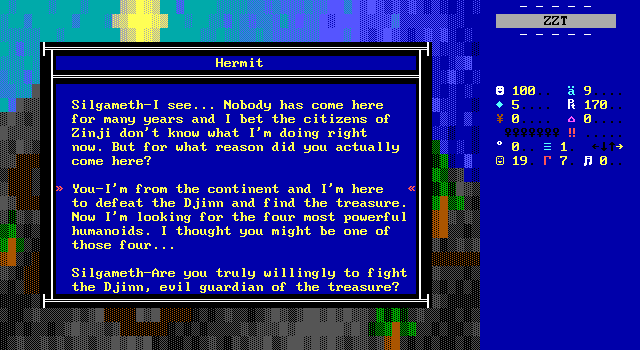
Of these humanoids, Silgameth ends up being the easiest to get to join Finn's crew. He requires no convincing whatsoever, happily joining when asked once he confirms Finn is truly serious about defeating the djinn. Silgameth is immediately on board, the challenge instead being a matter of finding a way to reach his home which is on the other side of a cliff. This is where the bow and arrow comes into play. Instead of fighting with it, Finn is able to tie a rope found in his boat to create a means to cross.
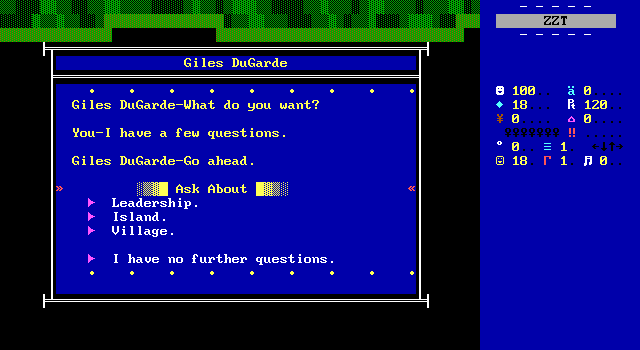
DuGarde is swayed just as easily, but it requires getting acquainted with the game's dialog system. Finn will first speak with DuGarde just to get information about the island and the treasure, learning a bit about the man's history and rise to power before being recommended to speak with the sage who knows more about the djinn and the treasure.
The sage in turn explains the need to gather the four, defining the objective for players and unlocking exploration of the rest of the island (as Finn now has a reason to go climb a mountain). This means turning around and speaking with DuGarde again, seeing new conversation topics, and arranging to meet at the jungle's entrance when the party is ready to explore it.
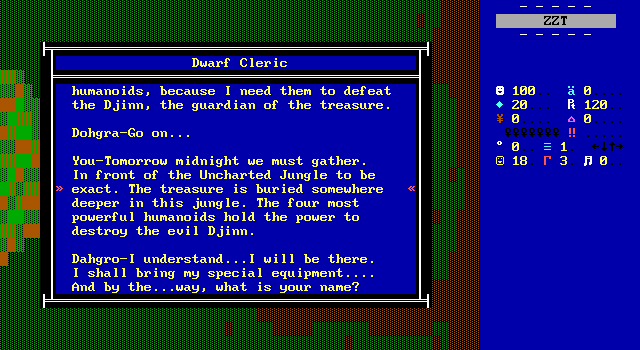
I'm beginning to think describing the game as being one about convincing powerful people to join you is overselling the amount of convincing necessary. Dahgro of the dwarves is, again, perfectly happy to join Finn's entourage and defeat the djinn. Getting to him is another story. Thanks to eating some bad berries, he's currently being kept in bed in his hut while his cleric frets over missing a key ingredient to brew a curative potion needed to save him. A guard placed outside the hut spills the beans on all this as justification to refuse Finn entry. Players need to find the missing ingredient and deliver it to the doctor if they want inside.
This moment is a good example of how the game's world doesn't revolve entirely around Finn. While he is ultimately going to be the one to find the missing ingredient to allow Dahgro to make a full recovery, the guard's initial dialog only makes mention of the ingredient, and doesn't actually tell Finn he needs to find it if he wants to be let inside. It's only if players repeatedly ask to be let inside that the guard spells it out, otherwise the guard has no reason to expect Finn would do anything other than wait.
The missing ingredient quest is one of the game's few puzzles. It's also a very silly quest as the ingredient needed is ...fresh water. Not that I expect a game to go into detail about how the people get their water, but I feel like this is an item that should be readily attainable by anyone in the village. Instead, Finn needs to run out of the valley, over the mountains, back to Zinji village, and get some water from the well, after buying a bucket to carry it in first of course. The quest might be taken a little more seriously by changing it to "water mixed with this herb, which I think the sage back in Zinji has". Then you could have the well puzzle and just tack on some extra dialog with existing characters to make the cure something less common.
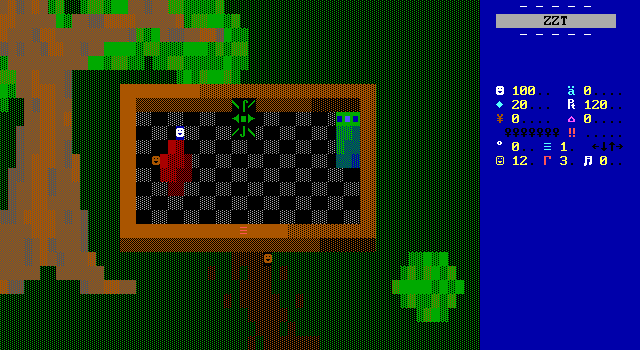
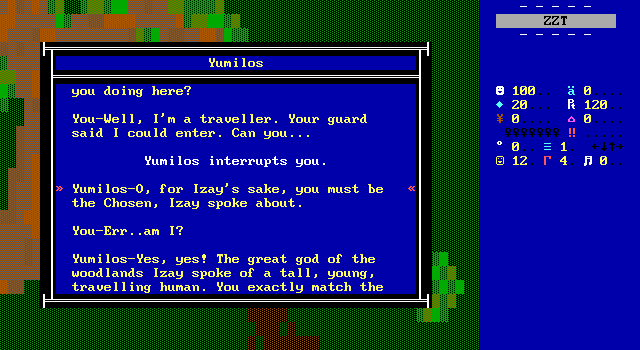
Only Yumilos has any real requirements, sending Finn on a quest to the save the forest before he'll agree to be a part of the treasure/djinn hunters club. An ancient artifact known as the Orb of Pureness was bestowed upon the elves by their god to keep the forest safe from outside harm. Somewhere along the line, the orb has been lost somewhere in the Halls of Mystery. In a vision, Yumilos has heard that a human traveler would arrive on the island to reclaim the orb, and time is of the essence! The dark god Moonstrike plans to destroy the forest, and will succeed in annihilating all life in the forest if the orb isn't there to hold him back.
Finn accepts the mission wholeheartedly, without even bringing up his little treasure map. Finn strives to do what is right, operating without a hint of selfishness when others are in need. The treasure hunt can wait when lives are at stake. To recover the orb, Finn needs to navigate the Halls and escape alive. It certainly sounded like a traditional dungeon for Finn to crawl, making me wonder if I should finally go and buy some arrows for all the shooting I was surely about to do in a winding labyrinth of death!
Of course, you know that there isn't any shooting, so the Halls can't be that. The approach taken instead is sinister in its own way.

Players are asked for the password provided by Yumilos to enter in the first place ("Hans van der Togt is POOT!" lol) only to discover that what awaits them is the most nefarious of all ZZT puzzles: ZZT/MZX trivia.
This kind of obstacle has never been a favorite of mine. At this point I've internalized enough knowledge that I do reasonably well on them, but it never fits in with the game. Here, the fantasy world is being asked to leave the room for a moment, and arcane knowledge checks are introduced instead. This game is from 1997 so I hope you know your history of the era! Otherwise, expect a lot of restarting the quizzes. Plural.
Hercules is nice enough at least to make the penalty for incorrect answers merely starting the quiz over, so you can absolutely brute force your way through, but realistically the best way to approach these things is to immediately go look up the answers in the code. Answering a question correctly only ever leads to three possible feelings for the player that selected it:
- Wow, lucky guess
- Everyone knows that, why even ask it?
- Take that <author>! I knew the answer to your most esoteric question! I sure am great! ...Wow everybody else is going have a miserable time on this question, that sucks.
Questions include:
- "Which game won in the category Best Demo in the MegaZeux Excellence Awards 1997?" Xenogenesis
- "Who is the current president of Draconic Creations?" Otto Germain
- "Which of these is not a member of Interactive Fantasies?" eJECTION13 (...without the list of choices this is a very silly answer to spoiler)
- "Who founded Interactive Fantasies?" Hercules
- "Which ZZT/MZX company no longer exists?" HM Soft (more like all of the above)
These are questions where you are either going to guess or look up any answers you're not confident on. Nobody in 1997 would go look up Draconic Creations and see if they could find a member list. They would press "E" on the title screen and find the answer that way as it's a significantly shorter process!
Answering the trivia leads to another room with the Orb of Pureness. So much for a complex labyrinth. Collecting it though requires you to discover the identity of the person asking the trivia was none other than Hercules, and he wants to keep playing, with another eight questions similar to the ones above.
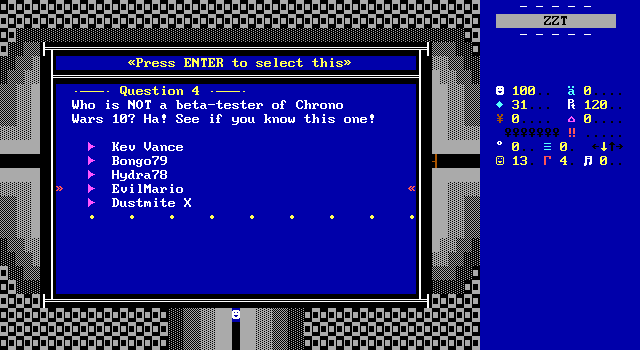
The only question of note is the one where Hercules admits to wanting to really stump the player before asking about the beta testers of Chrono Wars 10, a game that had yet to be published.
The quizzes are extra aggravating given that otherwise, this game would be a perfect choice for new players. It does so many things right, but then completely fumbles here, gating progress behind the extra effort of either looking up the answers or blindly guessing and having to constantly re-answer the previous questions. For all the praise I've given the game for its quiet commitment to non-violent solutions, I would have preferred a few boards of shooting some lions over this.
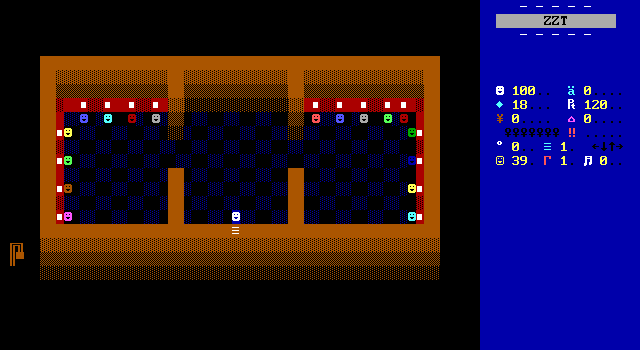
There is almost a saving grace to the quizzes. A good amount of answers can be learned within the game via an incredibly telegraphed secret room which leads to a building with cameos from everyone at Interactive Fantasies at the time. A scroll in Zinji village points out how conspicuous the nearby bushes are, making it harder for players to not discover it.
It won't answer every question, and even if it did, it would be a rather clunky way to justify the trivia, but it means that those without detailed knowledge of the 1997 ZZT community can spare themselves some guessing, perhaps making it tolerable to brute force the remaining questions and not have to stop the game to go look at the code.
With so much of the game being spent talking with others and learning all kinds of information about the island and its inhabitants, maybe some questions pertaining to Savage Isle itself might have been a more sensible alternative, if hardly the most exciting mode of gameplay. Being asked who won a battle, or what ship was sunk off the island's coast would at least get players to engage with the background information the game provides.
The Island Exists Without You
What is nice about Savage Isle is how much of an emphasis is placed on its characters. A list of the four most powerful humanoids Finn needs to recruit doesn't really cover the entirety of people Finn meets and learns from. The island has a rich history, encouraging players to let NPCs chew their ears off as they share both recent news as well as information on the island's past.
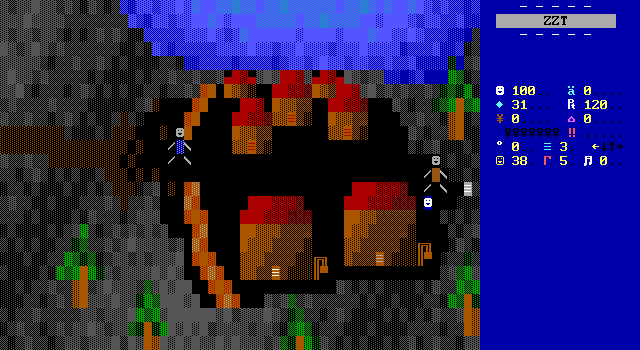
An entire village exists to pull the player's leg. Finn can visit the village of the giants, filled with towering multiple-object tell persons who would seem to be a perfect fit for powerful humanoids. The hill giants will even say as much. None of them know anything about the "four most powerful", but they all seem to suggest that the chieftain is undoubtedly one of them. Who could be stronger than chief Zornuhl, after all?
The entire village could be removed from the game entirely, and it would have no impact on Finn's quest. It's presence though, contributes plenty to what matters aside from treasure hunting.

History can be picked up not only from speaking with the islander's elders, but also by taking in some of the many paintings hanging on the walls of homes and businesses. Everyone seems to secretly be a history buff, as no painting is merely a landscape. Many images depict pivotal moments of the past. There are paintings of naval victories, of fighting back brigands, of claiming items of great power, among others.
Paintings in ZZT are always a curious thing, as it's very rare that you actually get to look at them. Doing so, when they aren't plot relevant, is a lot of extra work for very little gain. That time is time that could be spent drawing the characters and events happening in your game! Busting out the Bob Ross treatment because it seemed appropriate to have a painting of a valley on the wall is a road rarely traveled.
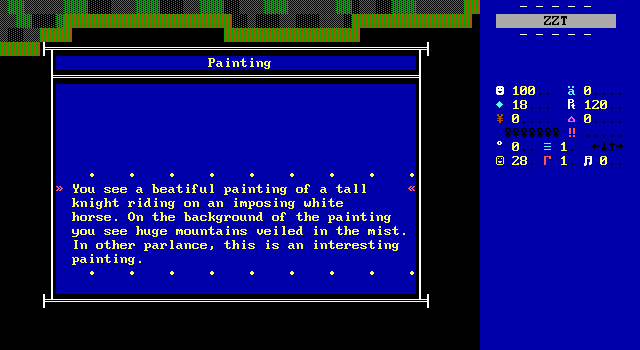
Even taking Hercules's approach here, and writing some good alt-text always came off to me as too much effort. Just give me a one sentence generic subject or maybe a small child that hates the art in question.
At least, that's what I thought at first. As I played, I found myself drawn to the paintings, always curious what they would depict, and if its significance in the game world would be be clear, or become clear later. The paintings wound up being a valuable component in Herc's plans to create a setting that has existed long before Finn set sail. It's a place with a history, customs, and important people, regardless of whether or not they're one of the designated four. I'm realizing that paintings, when their subjects can be connected to the world at large, are a fantastic tool that I would love to see in more worlds, my own included.
Paintings help to capture the island's past, while its present is better learned through conversation and exploration. Hercules establishes multiple conflicts that the player doesn't get to be involved in, only learning about them as they get acquainted with the island and its peoples. Fantasy racial relations are surprisingly relaxed given the game's cited inspirations of Warhammer, Advanced Dungeons and Dragons, and computer RPGs in general. There's no "bad race" here, which should be a low bar to clear, but given the game's age it was nice not having everyone in agreement that orcs should be killed on sight or whatever. There's no weird naturally evil people or anything. Hercules creates conflict between the races that appear far more believable than one would expect from 90s (or heck, 2000s) ZZT worlds.
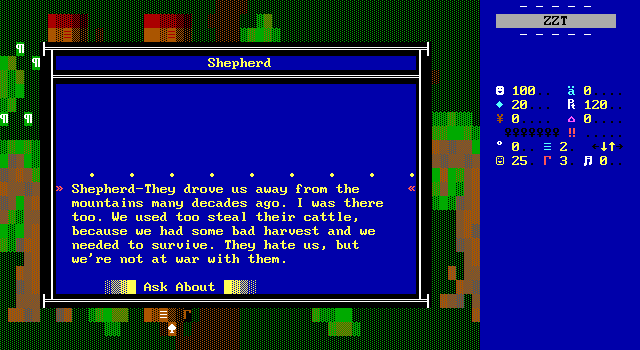
The most notable conflict on the island is what happened to the dwarves a few decades ago. After a series of bad harvests, the mountain dwarves found themselves needing to steal cattle from the hill giants in order to survive. Understandably, this soured the groups' relations with one another, eventually escalating into the giants attacking the dwarven village and running them off the mountain entirely. They have since made a home in the forest, starting new mines and working with the materials provided to successfully return to a peaceful way of life. Now, the giants and dwarves hardly get along, but the two have no desire to destroy the other.
(You can get into the giants seeing people starving and chasing them from their homes as not exactly being great, but it's a much better source of conflict than "We hate those little dudes so we chased them away.")
Though the effects of the conflict are still felt in the present day, the actual issue is a thing of the past. The current concern of the island comes from the recent arrival of the Beldozar pirate clan. They've docked their pirate ship just off the island's northern coast, and have a small presence on the beachfront. DuGarde in particular has been doing his best to get rid of them, as they've been raiding many towns on the island. They're crass, aggressive, and a frequent source of problems for everyone.
But Finn's job isn't to deal with them, and so he doesn't.
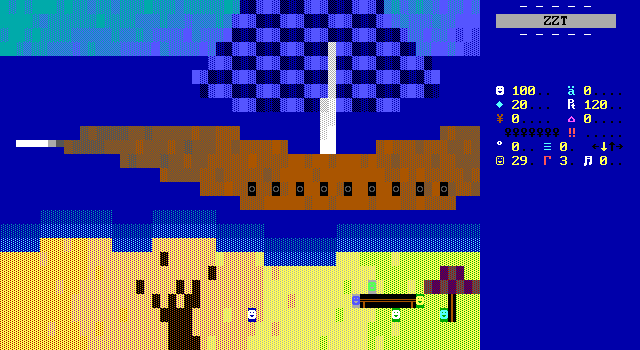
It's fascinating to me to set up these pirates, and even let players (peacefully) interact with them on a beach board, and yet they have no relevance to Finn's adventure. Nobody demands he gets rid of them, which sounds like something that's out of reach for one person anyway, nor do any of the pirates ever help or hinder Finn along the way. You'll hear the occasional complaint about the pirates, but it's a problem to be handled by the island's populace, not some guy who also arrived uninvited on a boat.
On the beach, unlike the very wordy citizens found everywhere else, the pirates have nothing to say to Finn, issuing grunts and threats if he won't leave him alone. Two of the pirates receive slightly more attention, being given names, Bobo and Kilmer. Both just seem like your standard drunken pirates, with peg legs, hooks for hands, and eye patches. I'm unsure if they're specifically meant to be a reference to something. Bobo has extended dialog if players continue to try and speak with him, which eventually leads to the iconic instant game over (Finn's throat is cut by his sabre ) if you don't heed his warnings.
Notably, this is the only way to die in the entire game, another point for uniqueness in the era.
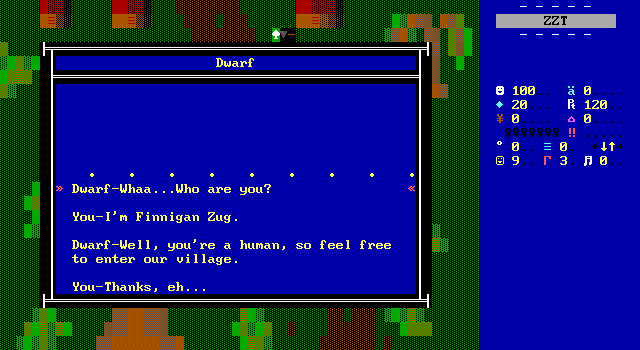

Other characters help round out the game, offering answers to Finn's questions and providing insight as to where he may find himself next. You can stop to speak with a jogging wood elf enjoying a stroll through the woods. The dwarven village blacksmith is excited to learn that Finn is himself an apprentice, gladly speaking of his trade and showing pride in his work with a fellow craftsman. Villages have elders in command, aides, and ordinary folk going about their business.

